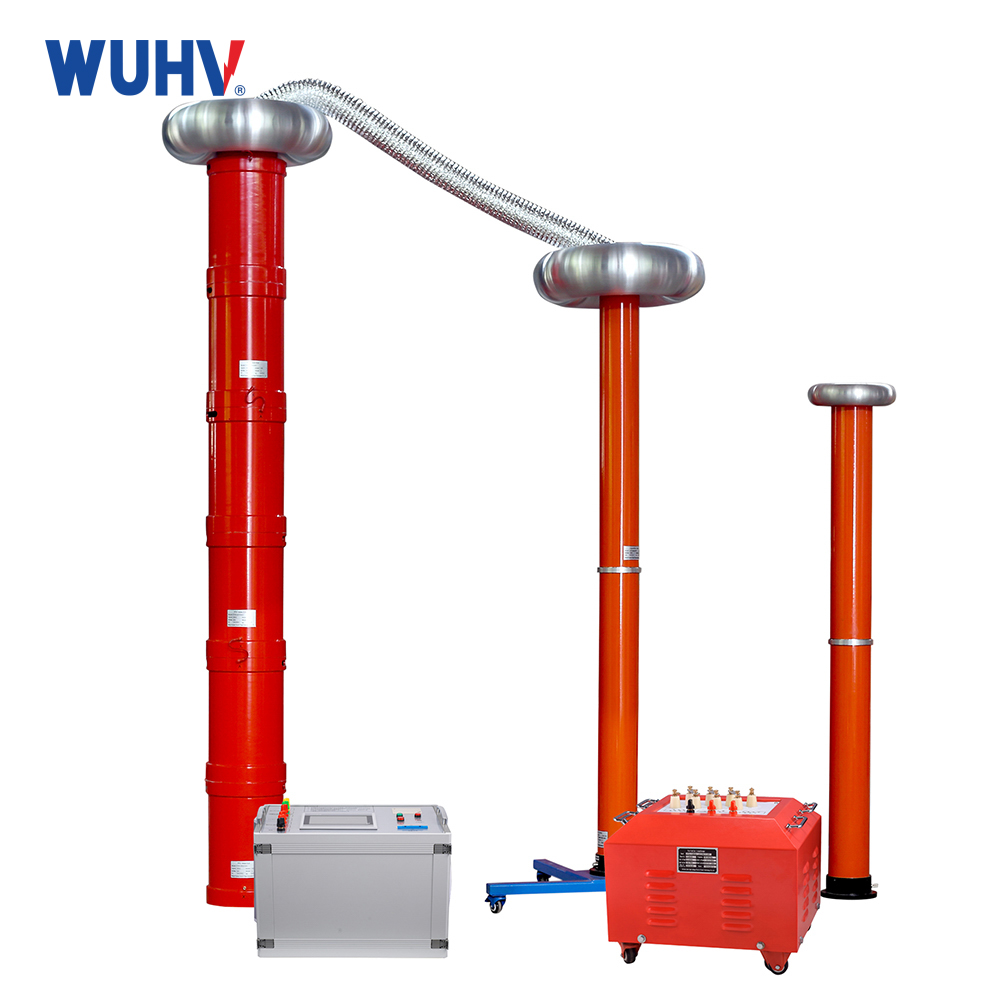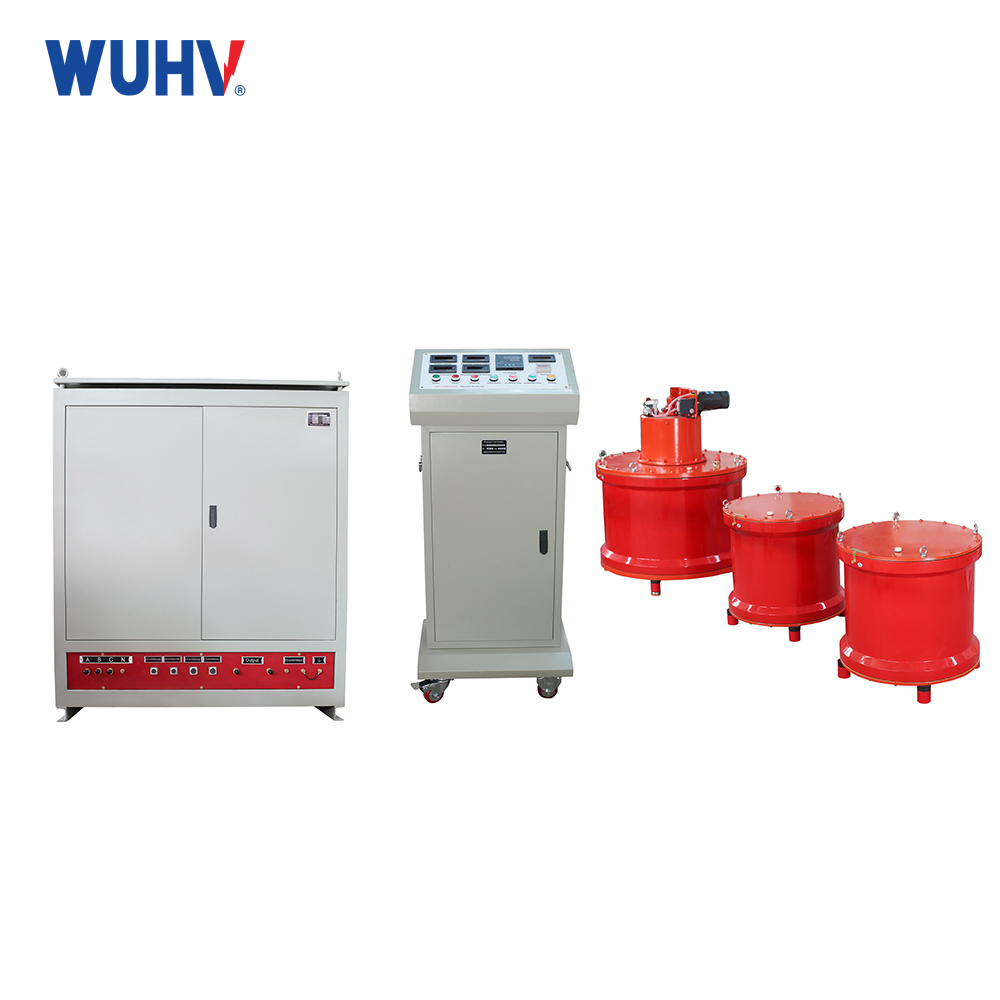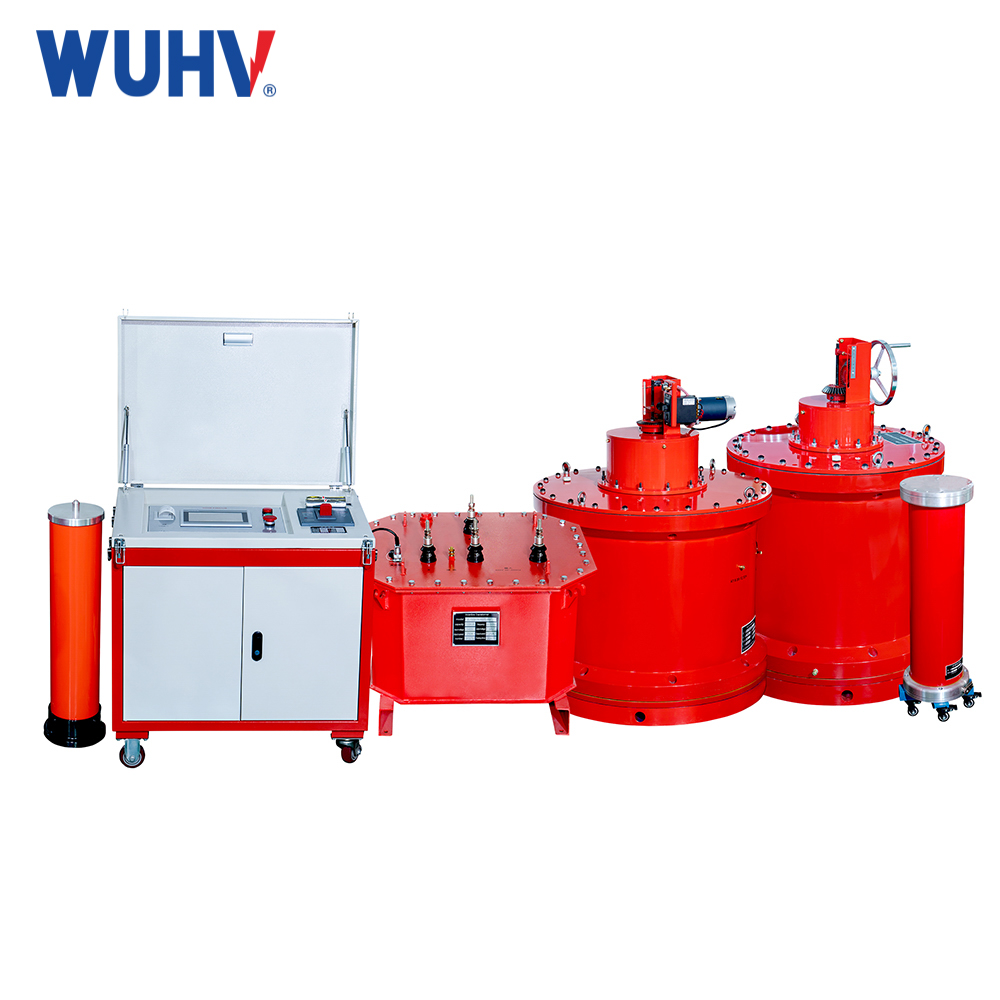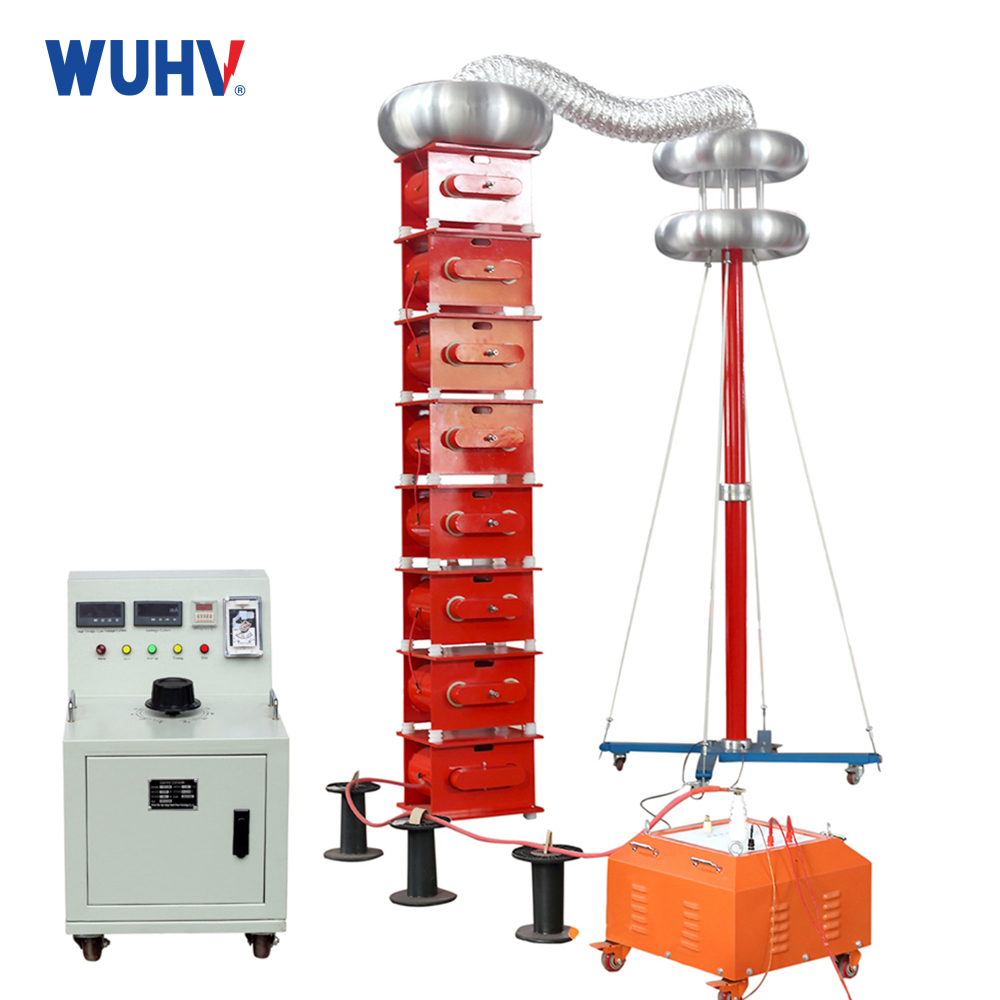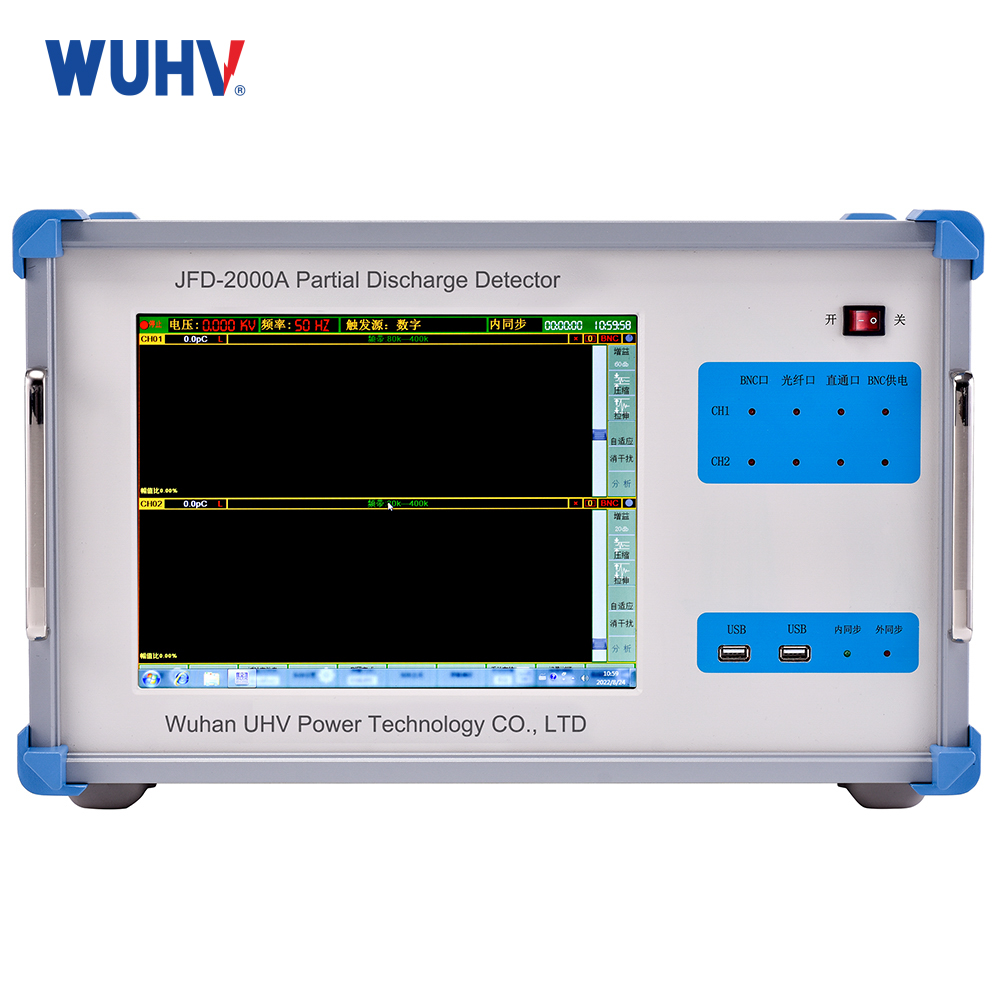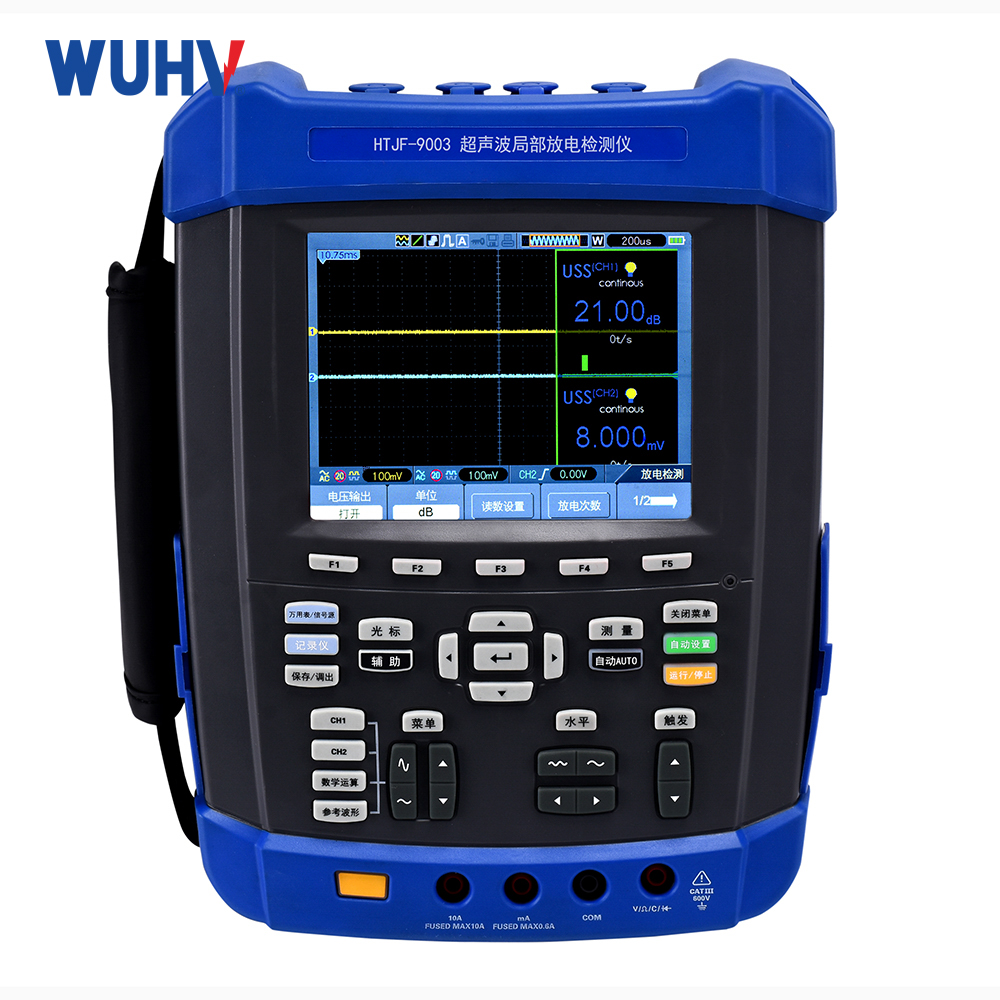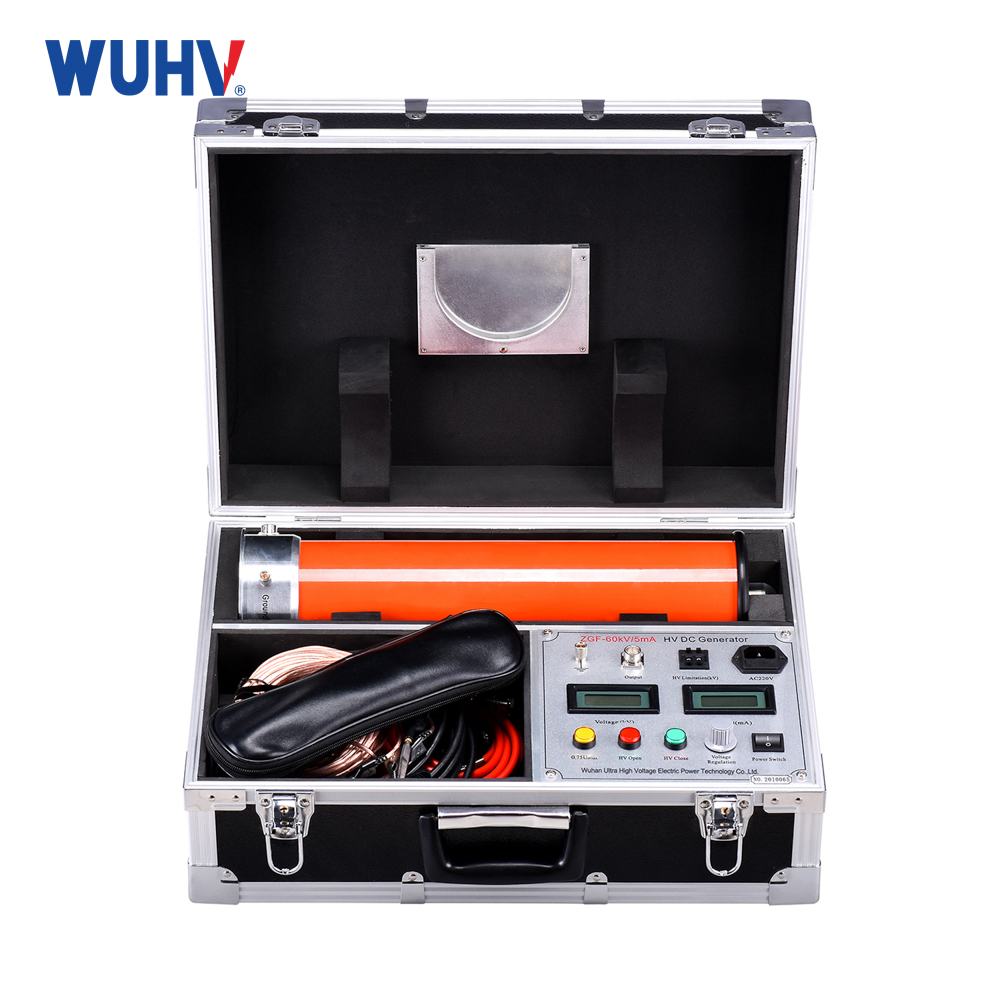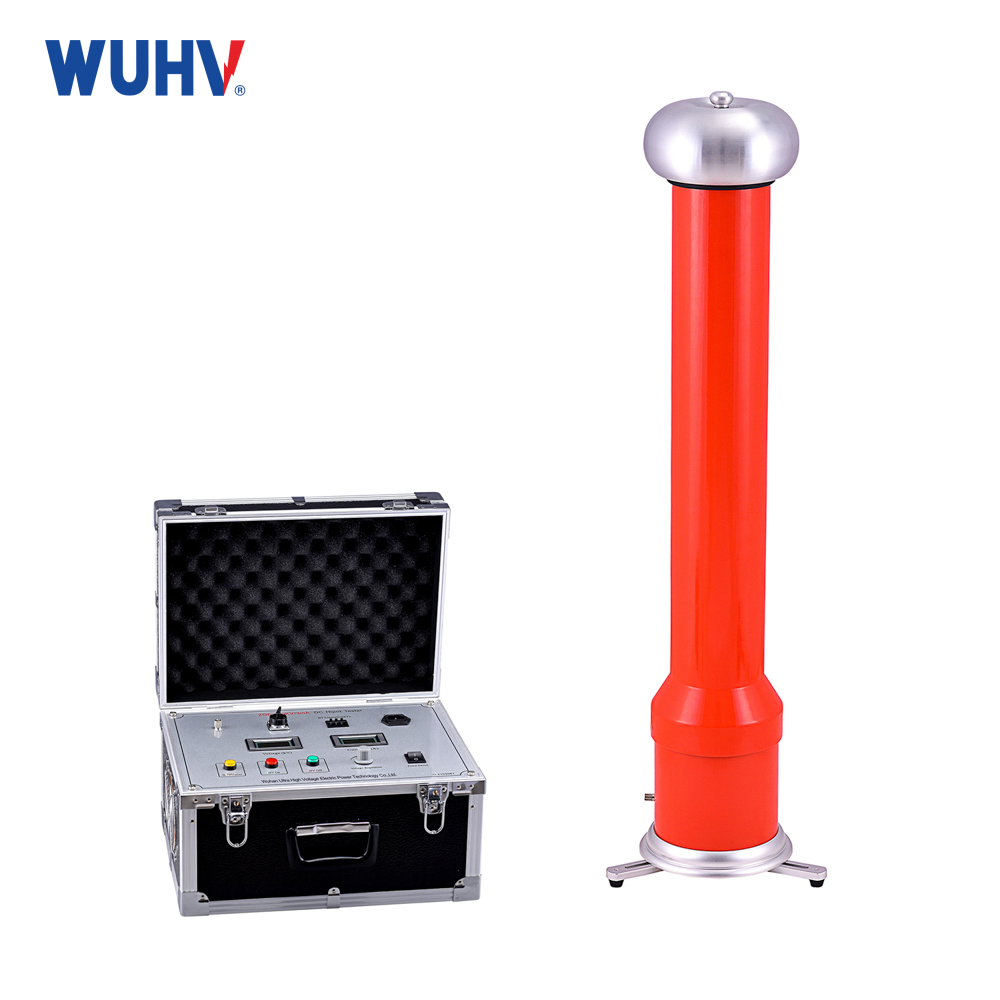The cable fault tester under Wuhan UHV can help many power workers conduct various power tests more conveniently.
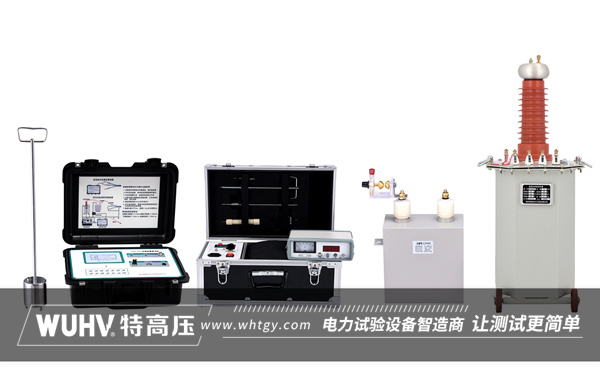
The causes of cable faults can be summarized into multiple aspects, and the following are some of the main reasons and their detailed explanations:
Mechanical damage:
Damage during installation: Accidentally damaging the cable during installation, pulling the cable due to excessive mechanical traction, or excessively bending and damaging the cable.
Direct external damage: Construction activities on or near the cable path, such as excavation, pile driving, etc., may cause direct external damage to the cable.
Vibration or impact load of driving vehicles: may cause lead (aluminum) sheath cracking of underground cables.
Damage caused by natural phenomena, such as tension caused by land subsidence, may break intermediate joints or conductors.
Insulation moisture:
The structure of the junction box or terminal box is not sealed or poorly installed, resulting in water ingress.
Poor cable manufacturing, with small holes or cracks in the metal sheath.
The cable is punctured or corroded by external objects, causing external moisture to enter the cable.
Insulation aging and deterioration:
Cables are exposed to electrical, thermal, chemical, and mechanical environments for a long time, resulting in physical and chemical changes in the insulation medium and a decrease in insulation strength.
The free air gap inside the cable causes local heating, accelerating insulation aging and carbonization.
Overload or poor surface heat dissipation can accelerate insulation aging.
Overvoltage:
Lightning overvoltage and resonance overvoltage may cause the insulation of the cable to withstand a voltage exceeding the allowable value, resulting in breakdown.
Poor design and manufacturing process:
The waterproof and electric field distribution design of the intermediate joints and terminal heads is not thorough, the material selection is improper, and the process is poor.
Improper selection of cable head materials, such as different insulation materials and thermal expansion and contraction coefficients, can cause gaps and tree like creepage during long-term operation, leading to cable discharge and electrical breakdown.
Material defects:
Possible defects in the cable manufacturing process, such as defects left by lead (aluminum) coatings, wrinkles, cracks, etc. during the insulation wrapping process.
Defects in the manufacturing of cable accessories, such as sand holes in cast iron parts and insufficient mechanical strength of ceramic parts.
Corrosion of protective layer:
Due to underground acid-base corrosion and the influence of stray currents, the lead sheath of the cable is corroded, resulting in pitting, cracking, or perforation.
Understanding the laying, faults, and repair status of cables is crucial when analyzing and locating cable fault points. This includes detailed information such as cable specifications, installation dates, routing, surrounding environment, and operating conditions. These pieces of information help to quickly and accurately locate the fault point, reducing the time and cost of fault repair.


